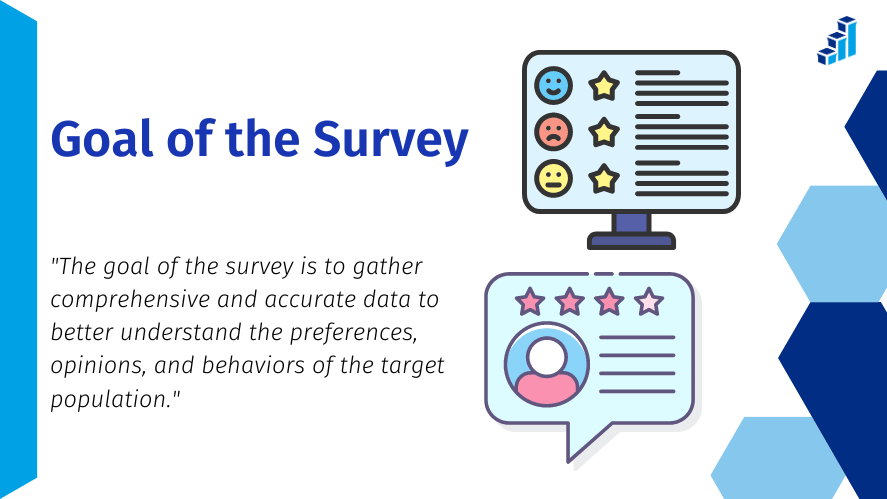
How Game Reviews Influence Player Choices
In the ever-evolving world of video gaming, game reviews and ratings hold significant sway over player choices and perceptions.
Have you ever wondered how much these reviews influence your decision to purchase a game? Or how developers can leverage this feedback to enhance their creations?
This article delves into the critical role of game reviews and ratings, examining their impact on player behavior and purchasing decisions.
Goal of the Survey

The primary objective of our survey is to comprehensively understand how game reviews and ratings shape player behavior and decision-making.
By gathering and analyzing this data, we aim to provide actionable insights for game developers and publishers, enabling them to improve their games and marketing strategies.
Survey Structure

1. Demographics
Goal: To understand the demographic profile of the respondents and how it relates to their perception of game reviews and ratings.
Crucial Questions:
- What is your age?
- What is your gender?
- What is your location?
- How frequently do you play video games?
- What platforms do you primarily use for gaming? (PC, console, mobile, etc.)
Understanding the demographic profile of gamers is essential as it provides context to how different groups perceive and utilize game reviews. Age, gender, location, and gaming frequency can significantly influence how reviews are consumed and interpreted.
2. Awareness and Usage of Reviews
Goal: To determine how aware players are of game reviews and how often they consult them.
Crucial Questions:
- How often do you read game reviews before purchasing a game?
- Where do you usually find game reviews? (Gaming websites, social media, YouTube, etc.)
- How much importance do you place on professional reviews versus user reviews?
Game reviews are widely accessible across various platforms, but the degree to which players consult them before making a purchase can vary. By examining the awareness and usage of reviews, we can identify key channels and preferences among gamers.
3. Influence on Purchasing Decisions
Goal: To assess the extent to which reviews and ratings influence players’ purchasing decisions.
Crucial Questions:
- Have you ever decided to purchase a game based on its reviews?
- Have you ever decided not to purchase a game because of negative reviews?
- How likely are you to purchase a game with mixed reviews?
- Do you trust user ratings or professional critic ratings more when deciding to buy a game?
The influence of reviews on purchasing decisions is a critical area of interest. Positive reviews can drive sales, while negative feedback can deter potential buyers.
Understanding this influence helps developers and publishers tailor their strategies to better align with player expectations.
4. Specific Elements of Reviews
Goal: To understand which aspects of reviews are most influential.
Crucial Questions:
- What aspects of a game review do you find most helpful? (Gameplay, graphics, story, etc.)
- How important is the reviewer’s reputation to you?
- Do you prefer detailed reviews or short summaries?
Reviews cover various elements of a game, from gameplay mechanics to graphics and story. Identifying which aspects players find most helpful allows reviewers to focus on the most impactful areas and helps developers understand what features to prioritize.
5. Impact of Negative Reviews
Goal: To gauge the impact of negative reviews on player perceptions and actions.
Crucial Questions:
- How do negative reviews affect your interest in a game?
- Have you ever changed your mind about a game after reading a negative review?
- How many negative reviews does it take for you to decide against buying a game?
Negative reviews can significantly affect a game’s success. By understanding how negative feedback impacts player interest, developers can better address issues and improve their games to meet player expectations.
6. User-Generated Content
Goal: To evaluate the influence of user-generated reviews and ratings.
Crucial Questions:
- Do you leave reviews or ratings for games you have played?
- How often do you read user-generated reviews?
- How credible do you find user reviews compared to professional reviews?
User-generated content, such as reviews and ratings, plays a crucial role in shaping player perceptions. Evaluating the influence of this content helps understand its credibility and impact compared to professional reviews.
7. Overall Perception of Review Systems
Goal: To understand players’ overall trust and perception of review systems.
Crucial Questions:
- How trustworthy do you find the current game review systems?
- What improvements would you like to see in game review and rating systems?
- Do you think reviews and ratings accurately reflect the quality of a game?
The overall perception of review systems affects their effectiveness and credibility. By gathering feedback on trust and potential improvements, we can identify areas for enhancement and ensure that review systems accurately reflect game quality.
Conclusion
Game reviews and ratings are powerful tools that influence player choices and perceptions. Understanding their impact through surveys can provide valuable insights for developers and publishers, enabling them to create better games and more effective marketing strategies.
By participating in such surveys, players can contribute to improving the overall gaming experience for the community.
Encouraging participation in surveys not only helps gather crucial data but also empowers players to voice their opinions and influence the future of gaming. Together, we can create a more informed and engaged gaming community.
